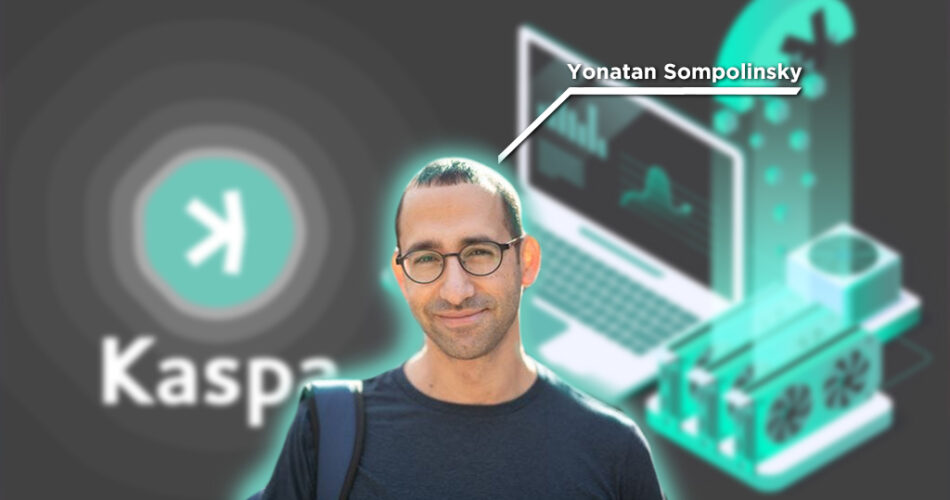Yonatan Sompolinsky is a renowned figure in the cryptocurrency and blockchain industry, known for his innovative research and contributions. While a Yonatan Sompolinsky Wikipedia page is yet to be created, this article aims to provide a comprehensive overview of his life, career, and contributions to the blockchain and cryptocurrency industry.
Table of Contents
Family

Yonatan Sompolinsky comes from a family of accomplished individuals. His grandfather, David Sompolinsky, is a renowned professor emeritus at Bar Ilan University and a World War II hero. Born in Copenhagen, Denmark, in 1921, David played a crucial role in saving Danish Jews during the Holocaust. He helped hide Jews in hospitals under false names, formed a group that brought 700 Jews to safety in Sweden, and personally escorted Jewish children to safety. After emigrating to Israel, he continued his heroic efforts, participating in a rescue operation in Congo. David also had a distinguished academic career, earning doctorates in Veterinary Medicine and Philosophy, and serving as a professor of microbiology at Bar Ilan University.
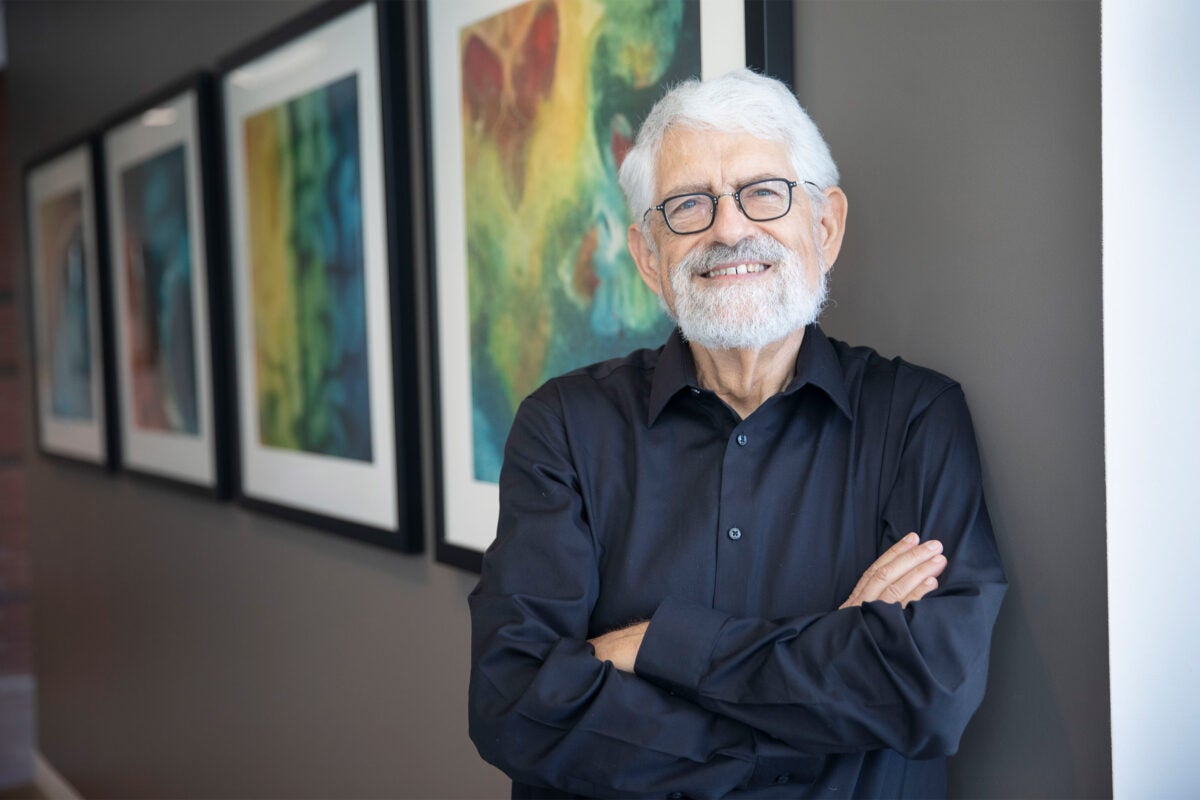
Yonatan’s father, Haim Sompolinsky, is also a renowned figure in the field of neuroscience. Born in Copenhagen in 1949, Haim is the William N. Skirball Professor of Neuroscience at the Edmond and Lily Safra Center for Brain Sciences and a professor of physics at the Racah Institute of Physics at The Hebrew University of Jerusalem, Israel. He is also a visiting professor in the Center of Brain Science at Harvard University and the director of Harvard’s Swartz Program in Theoretical Neuroscience. Haim is widely regarded as one of the leaders of theoretical neuroscience. He received his Ph.D. in physics from Bar-Ilan University in Israel in 1980 and has since made significant contributions to the fields of computational neuroscience, statistical physics, and more.
Yonatan’s mother, Elisheva Sompolinsky, is the Founder and Managing Director of Kishurim – Executive Recruitment LTD. With over thirty years of experience, she has placed capable individuals in senior management positions in nonprofit organizations and the corporate sector. Elisheva has been invited by prestigious academic institutions to lead recruitment workshops for graduating students entering the workforce. Elisheva graduated magna cum laude with a B.A. in Humanities from the Hebrew University of Jerusalem, where she also studied Marketing and Business Administration. Born in the USA, she maintains residence in both Jerusalem and Cambridge, Massachusetts.
Yonatan is one of five children in the Sompolinsky family, a testament to the remarkable achievements and contributions of each family member.
Early Life and Education
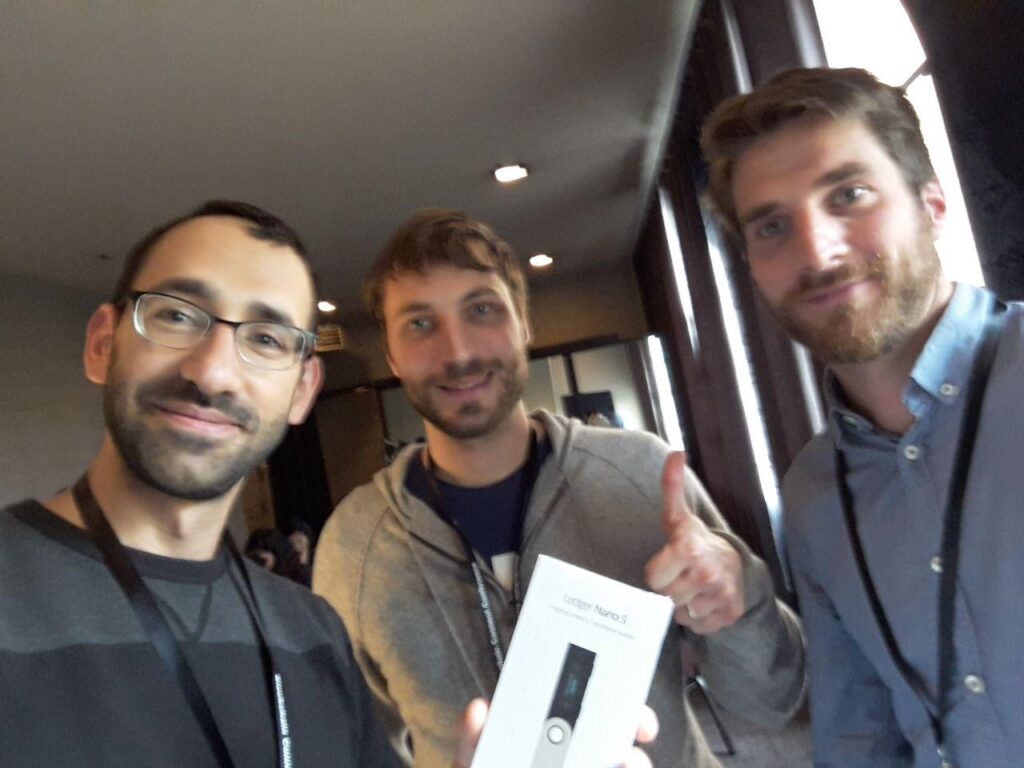
A Natural Aptitude for Technology
Yonatan Sompolinsky’s passion for technology and mathematics was evident from an early age. Born and raised in Israel, he displayed a natural aptitude for problem-solving and logical thinking. His curiosity led him to explore the world of computer science, where he found a perfect blend of his interests.
Undergraduate Studies and Early Interest in Blockchain
Sompolinsky pursued his undergraduate studies in computer science and mathematics at the Hebrew University of Jerusalem, one of Israel’s most prestigious institutions. During his time there, he became fascinated with the potential of blockchain technology and its applications in various fields. His academic achievements and dedication to his studies earned him a spot in the university’s honors program.
Master’s Degree and Focus on Distributed Systems
After completing his bachelor’s degree, Sompolinsky decided to further his education by pursuing a master’s degree in computer science. He continued his studies at the Hebrew University of Jerusalem, where he focused on distributed systems and cryptography. His research during this time laid the foundation for his future contributions to the cryptocurrency and blockchain industry.
Doctoral Research and Exploration of Consensus Algorithms
Sompolinsky’s master’s thesis explored the security and scalability of blockchain networks, a topic that would become central to his later work. His research caught the attention of his professors, who encouraged him to continue his studies at the doctoral level.
Heeding their advice, Sompolinsky embarked on a Ph.D. journey, delving deeper into the intricacies of blockchain technology. His doctoral research focused on consensus algorithms, network security, and the potential of blockchain to revolutionize various industries. His work was well-received by the academic community, and he quickly established himself as a rising star in the field.
Networking and Interaction with Industry Experts
Throughout his academic journey, Sompolinsky attended numerous conferences and workshops, where he had the opportunity to interact with leading experts in the field. These experiences further fueled his passion for blockchain technology and inspired him to explore innovative solutions to the challenges facing the industry.
A Desire to Make a Tangible Impact
As he completed his Ph.D., Sompolinsky realized that he wanted to make a tangible impact on the world of cryptocurrency and blockchain. Armed with a solid academic foundation and a burning desire to innovate, he set out to transform the industry and leave his mark on the world of technology.
Career and Contributions

Spectre Protocol
Yonatan Sompolinsky co-authored the Spectre protocol with Aviv Zohar, introducing a new approach to blockchain consensus mechanisms. Spectre, short for “Serialized Proof-of-Work by Emin and Sompolinsky,” addressed scalability issues in Bitcoin’s Proof-of-Work system. The protocol uses a directed acyclic graph (DAG) structure, where nodes are linked non-linearly, allowing for higher throughput and faster confirmation times compared to linear blockchains.
GhostDAG Protocol
Sompolinsky further developed the GhostDAG protocol, building on the foundation of the Spectre protocol. GhostDAG, short for “Greedy Heaviest Observed Subtree Directed Acyclic Graph,” enhances scalability by enabling concurrent block confirmations, overcoming the limitations of traditional linear blockchains. The protocol also improves security by incentivizing miners to converge on a single graph branch, reducing forks and enhancing network resilience against attacks. Notably, the Ghost protocol is cited in the Ethereum Whitepaper, highlighting its significance in the blockchain industry.
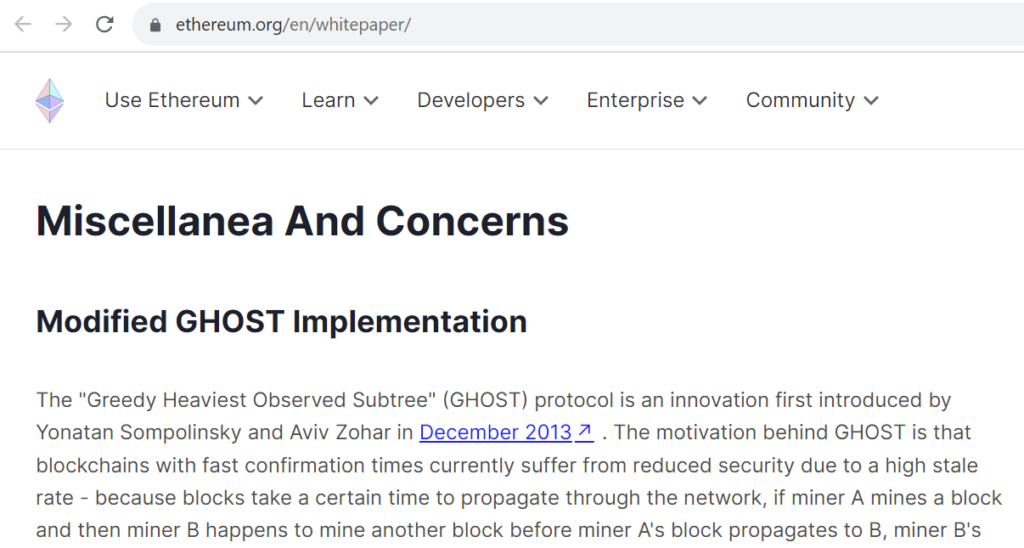
Phantom Protocol
The Phantom protocol, another of Sompolinsky’s contributions, builds on the principles of GhostDAG. Phantom introduces a mechanism that holds miners accountable for their choices, increasing network security by discouraging malicious behaviors. This design also incentivizes miners to act in the network’s best interest, fostering a more cooperative ecosystem.
DAGKnight Consensus
Sompolinsky introduced the innovative DAGKnight consensus algorithm, which combines the security of Proof-of-Work (PoW) with the efficiency of Proof-of-Stake (PoS) to address the limitations of traditional PoW-based and PoS-based blockchains. The algorithm features hybrid consensus, mining with commitment, weighted voting, faster block propagation and validation, resilience to attacks, and energy efficiency. The name “DAGKnight” combines “DAG” from directed acyclic graph and “knight” to symbolize the role of a protector in the consensus process.
A new version of my #Dagknight paper with @hashdag is online: https://t.co/dVgULEEGBj pic.twitter.com/yYfOXxIeWz
— Michael Sutton (@MichaelSuttonIL) February 24, 2023
BlockDAG Protocol

Sompolinsky’s work on the Blockdag protocol is another significant contribution to the industry. Blockdag is a novel consensus algorithm that offers improved scalability and security compared to traditional blockchain protocols. By allowing multiple blocks to be added to the network simultaneously, BlockDAG significantly increases the transaction throughput of blockchain networks. Sompolinsky’s research on Blockdag has been widely cited by other researchers and has paved the way for new developments in the field.
Co-Founder of Kaspa
One of Yonatan Sompolinsky’s most notable contributions to the cryptocurrency and blockchain industry is his role as a co-founder of Kaspa. Kaspa is a decentralized cryptocurrency platform that aims to address the scalability and security challenges faced by traditional blockchain networks. Sompolinsky’s expertise in consensus algorithms and network security played a crucial role in the development of Kaspa’s innovative technology.
Postdoctoral Research at Harvard
Yonatan Sompolinsky is currently a postdoctoral researcher at the Harvard John A. Paulson School of Engineering and Applied Sciences. As a postdoc, Sompolinsky is engaged in advanced research that builds upon his doctoral work. His research at Harvard continues to focus on blockchain technology, consensus algorithms, and network security. Sompolinsky’s position as a postdoc at Harvard, one of the world’s leading academic institutions, further solidifies his reputation as a top-tier researcher in the field of cryptocurrency and blockchain technology.
Mentorship and Education
In addition to his research and contributions to the industry, Sompolinsky has also been involved in mentorship and education. He has shared his knowledge and expertise with students and aspiring blockchain developers, helping to nurture the next generation of industry leaders. Sompolinsky’s commitment to education and mentorship has had a lasting impact on the cryptocurrency and blockchain community.
Advocacy for Decentralization and Blockchain Adoption
Sompolinsky is a strong advocate for the adoption of blockchain technology and the principles of decentralization. He has spoken at numerous conferences and events, promoting the benefits of blockchain technology and its potential to transform various industries. Sompolinsky’s advocacy efforts have helped to raise awareness of blockchain technology and have encouraged its adoption in various sectors.
Online Presence and Social Media
A Voice of Authority in the Industry
Yonatan Sompolinsky’s online presence and social media engagement have established him as a voice of authority in the cryptocurrency and blockchain industry. His insights and perspectives are widely respected within the community, and his contributions to online discussions and forums help to shape the future of the industry. Sompolinsky’s active online presence serves as a testament to his dedication to the field and his commitment to advancing the understanding of cryptocurrency and blockchain technology.
Twitter: The Platform of Choice
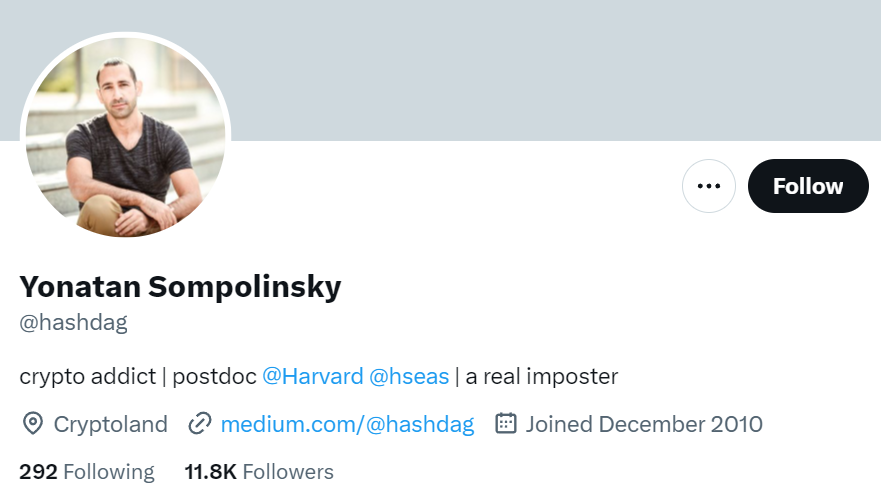
Yonatan Sompolinsky is most active on Twitter, where he frequently shares updates on his research, insights into the cryptocurrency and blockchain industry, and engages with his followers. His Twitter handle is @hashdag, and it serves as a primary channel for disseminating his latest work and thoughts on various topics related to blockchain technology. Whether it’s sharing news about the Kaspa project, discussing the latest trends in blockchain, or engaging in intellectual discourse, Twitter is the platform where you’re most likely to catch up with Sompolinsky’s latest activities.
In recognition of his contributions and influence in the crypto and blockchain space, Yonatan Sompolinsky has been added to the list of Crypto Twitter Influencers.
LinkedIn Profile

Yonatan Sompolinsky maintains an active LinkedIn profile, where he shares updates on his latest research, projects, and collaborations. His LinkedIn profile serves as a platform for him to connect with other professionals in the cryptocurrency and blockchain industry, as well as to share his insights and expertise with a broader audience. Sompolinsky’s LinkedIn profile showcases his extensive academic background, professional achievements, and contributions to the field.
Medium Articles and Blog Posts
Sompolinsky is also an active contributor to Medium, where he publishes articles and blog posts on various topics related to cryptocurrency and blockchain technology. His Medium articles provide in-depth analyses of current trends and developments in the industry, as well as insights into his own research and projects. Sompolinsky’s Medium articles are widely read and shared within the cryptocurrency and blockchain community, further establishing him as a thought leader in the field.
Participation in Online Forums and Discussions
Calling all developers and academic researchers to prepare your research for the upcoming Scaling Bitcoin "Yesod". CFP is now open at https://t.co/0iO5Z06kwK
— Yonatan Sompolinsky (@hashdag) March 28, 2019
We look forward to welcoming everyone in TLV this coming September!
Sompolinsky actively participates in online forums and discussions related to cryptocurrency and blockchain technology. He engages with other experts and enthusiasts in the field, sharing his insights and perspectives on various topics. Sompolinsky’s participation in online discussions helps to foster a sense of community within the industry and contributes to the ongoing dialogue on the future of cryptocurrency and blockchain technology.
Sharing Research on Google Scholar
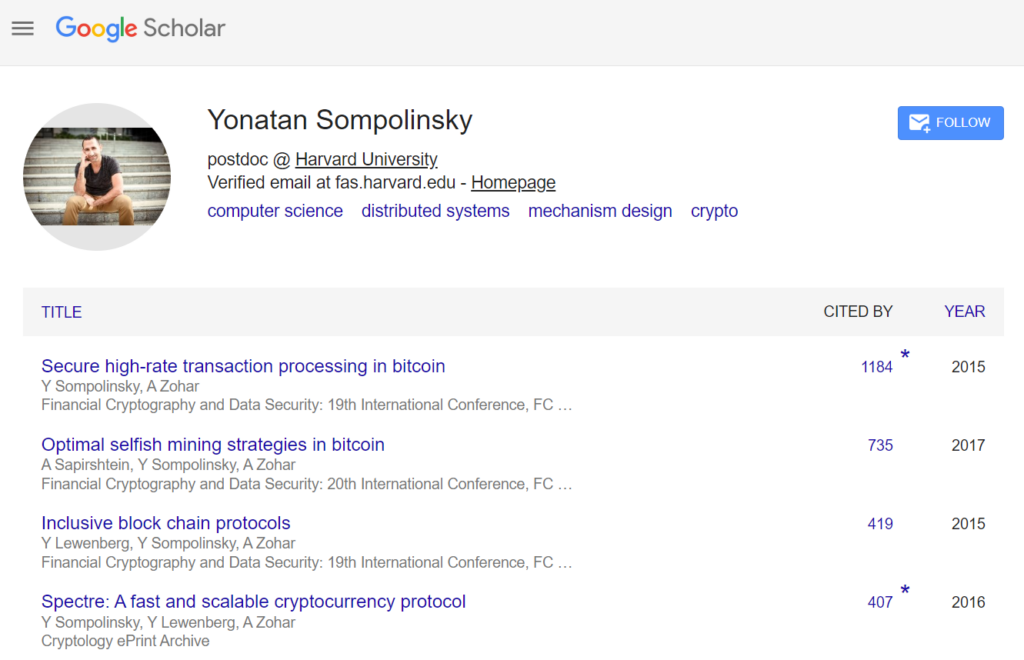
Yonatan Sompolinsky’s research is available on Google Scholar, where it is widely cited by other researchers in the field. By sharing his research on Google Scholar, Sompolinsky makes his work accessible to a broader audience and contributes to the academic community’s understanding of cryptocurrency and blockchain technology. His Google Scholar profile showcases the impact of his research and the recognition he has received within the academic community.
Social Media Engagement
Sompolinsky also engages with the cryptocurrency and blockchain community on various social media platforms. He shares updates on his latest research, projects, and collaborations, as well as insights into current trends and developments in the industry. Sompolinsky’s social media engagement helps to raise awareness of his work and contributes to the ongoing dialogue on the future of cryptocurrency and blockchain technology.
Yonatan Sompolinsky Interview
Could Yonatan Sompolinsky be Satoshi Nakamoto?
The identity of Satoshi Nakamoto, the pseudonymous creator of Bitcoin, has long been a subject of speculation and intrigue within the cryptocurrency community. Over the years, many individuals have been suggested as potential candidates for the true identity of Satoshi Nakamoto, including Yonatan Sompolinsky.
A recent Twitter thread by user @phoenix_gems47 has reignited the speculation that Yonatan Sompolinsky could be Satoshi Nakamoto. The thread presents a series of clues that support this bold claim, suggesting that Sompolinsky’s background, expertise, and contributions to the cryptocurrency and blockchain industry align with the characteristics of the elusive creator of Bitcoin.
So, I just had to create this thread.
— Crypto Phoenix (@phoenix_gems47) November 21, 2022
Is $KAS founder Yonatan Sompolinsky (will abbreviate with YS) Satoshi Nakamoto (will abbreviate with SN)?
Personally I'm biased, but let's have a look at the clues supporting this bold claim.
A thread 🧵
However, it is important to note that the identity of Satoshi Nakamoto is a topic of speculation and intrigue, and any claims or suggestions regarding the true identity of the creator of Bitcoin should be approached with caution and skepticism. The contributions of individuals like Yonatan Sompolinsky to the cryptocurrency and blockchain industry should be recognized and appreciated on their own merits, regardless of any speculation or rumors regarding the identity of Satoshi Nakamoto.
Future Prospects and Predictions
Continued Work on the Kaspa Project
Yonatan Sompolinsky’s ongoing work on the Kaspa project is expected to yield significant advancements in the field of cryptocurrency and blockchain technology. As a co-founder of Kaspa, Sompolinsky has already made substantial contributions to the development of the platform’s innovative technology. His continued work on the project is expected to further enhance the scalability and security of the Kaspa network, potentially leading to new breakthroughs in blockchain technology.
Research on BlockDAG-Only Smart Contracts with Built-In MEV Resistance
Sompolinsky is currently working on a paper on BlockDAG-only smart contracts with built-in MEV (Miner Extractable Value) resistance. This research is expected to provide valuable insights into the development of smart contracts that are resistant to MEV exploitation. MEV resistance is a critical issue in the cryptocurrency and blockchain industry, as it helps to ensure the fairness and security of blockchain networks. Sompolinsky’s research on this topic is eagerly anticipated and is expected to have a significant impact on the industry.
Potential Breakthroughs in Blockchain Technology
Sompolinsky’s expertise in blockchain scalability and security, combined with his ongoing work on the Kaspa project and his research on BlockDAG-only smart contracts, positions him to make potential breakthroughs in blockchain technology. His innovative ideas and research are expected to contribute to the development of new solutions to the challenges facing the industry. Sompolinsky’s future work is likely to further establish him as a leading expert in the field of cryptocurrency and blockchain technology.
Conclusion
Yonatan Sompolinsky’s contributions to the field of blockchain technology have been nothing short of pioneering. From co-authoring the Spectre protocol to introducing the GhostDAG and Phantom protocols, Sompolinsky has consistently pushed the boundaries of what is possible in blockchain consensus mechanisms. His work has addressed critical challenges in scalability and security, paving the way for more efficient and secure blockchain networks.
As Sompolinsky continues his work on the Kaspa project and conducts research on BlockDAG-only smart contracts with built-in MEV resistance, the future looks bright for this trailblazing researcher. His position as a postdoctoral researcher at Harvard provides him with access to cutting-edge resources and a network of top-tier researchers, further solidifying his reputation as a leading expert in the field of cryptocurrency and blockchain technology.
In conclusion, Yonatan Sompolinsky’s contributions to the cryptocurrency and blockchain industry have left a lasting legacy of impact and innovation. His research, innovations, and advocacy efforts have helped shape the industry and pave the way for new developments. As he continues his work, Sompolinsky’s legacy is expected to endure, inspiring future generations of blockchain researchers and developers.
